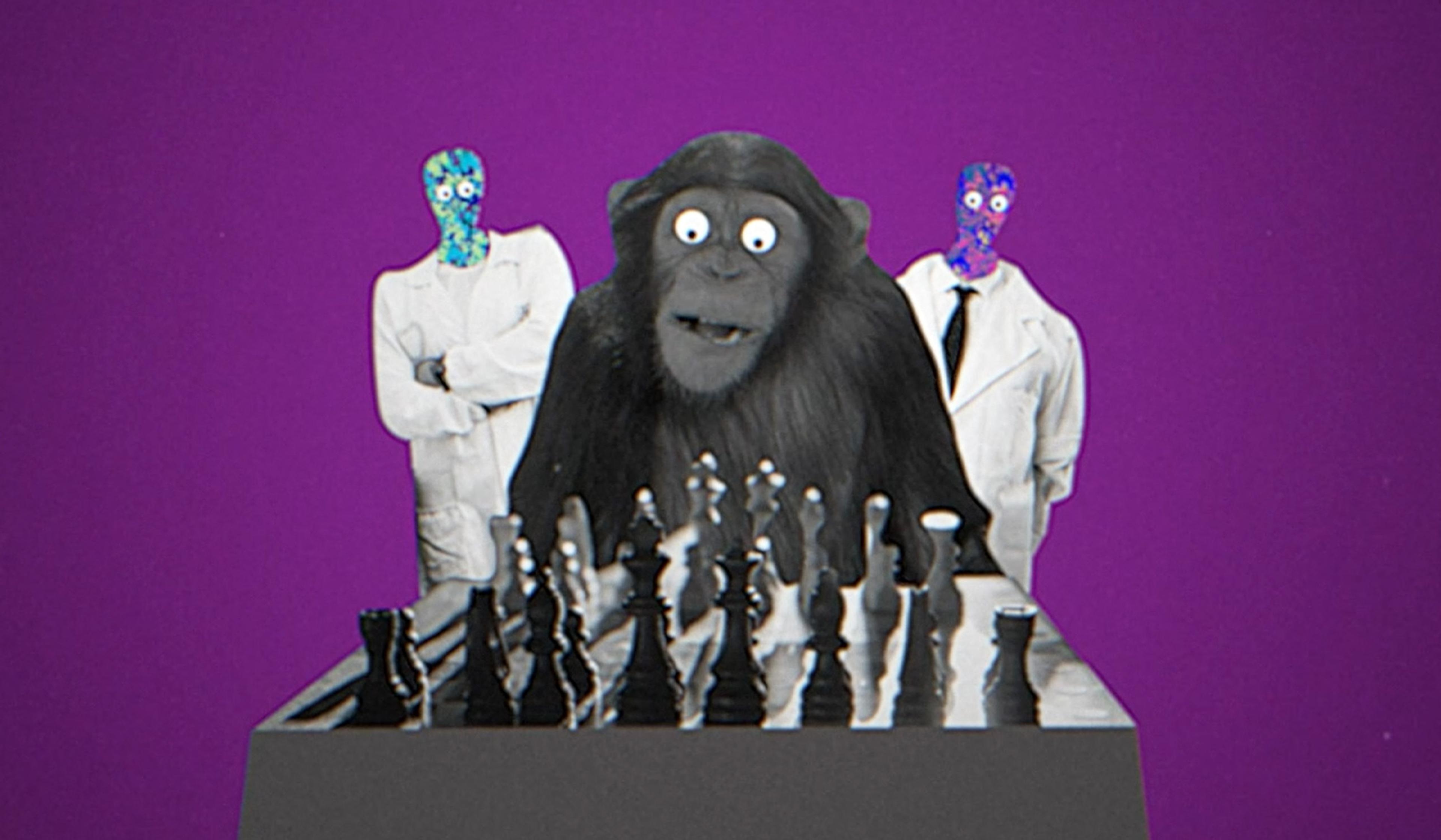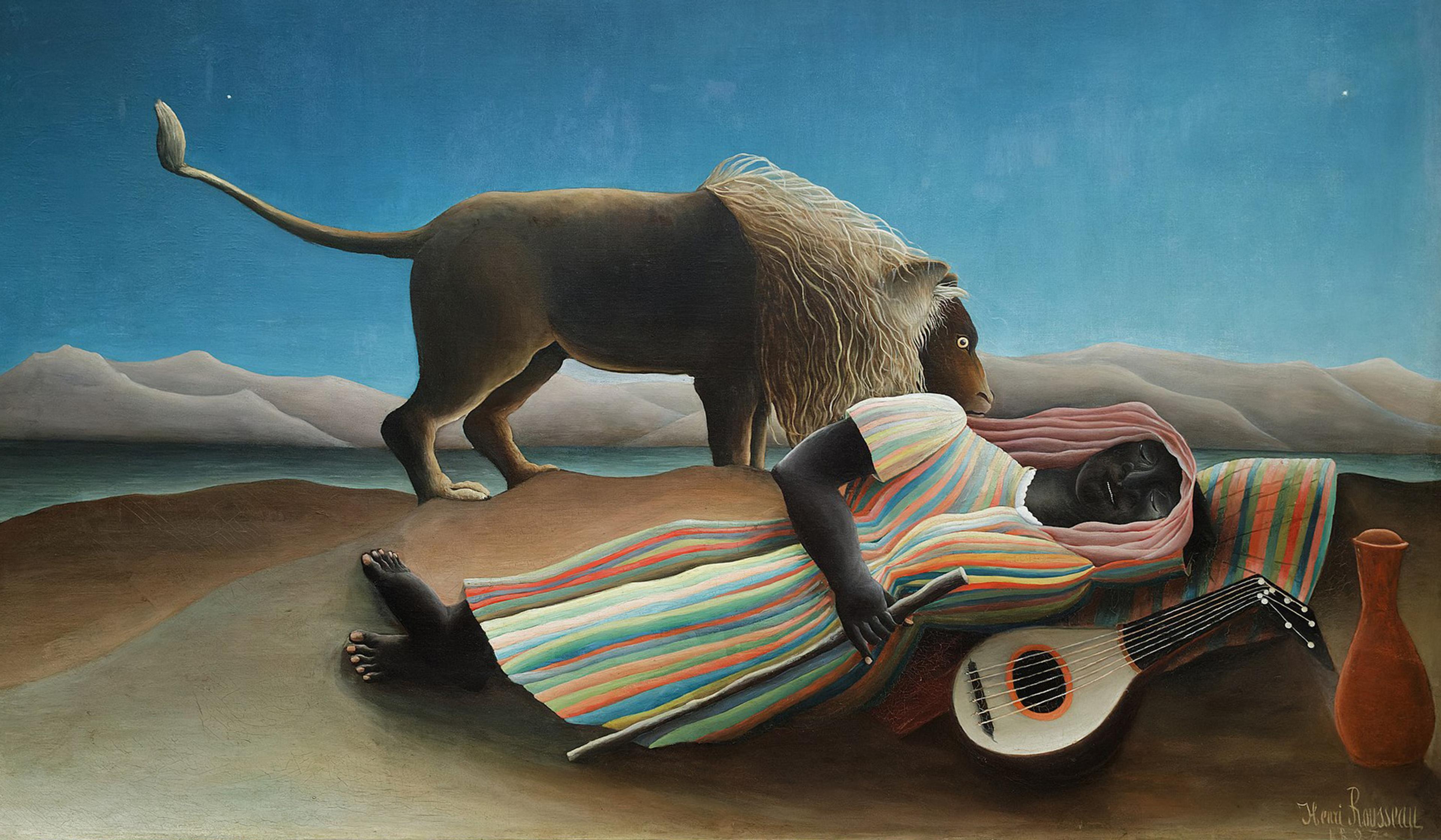The UK research scientist Susan Greenfield believes that neuronal assemblies – coalitions of millions of brain cells that activate and disband over a scale of millimetres and milliseconds – could be a Rosetta Stone for explaining shifts and differences in states of consciousness. Although research about these cellular systems is still in its early stages, Greenfield thinks that further study could help neuroscientists bridge the chasm between the local neural networks and large brain regions that currently characterise our framework for perception. And, as she proposes in this interview with Robert Lawrence Kuhn for the PBS series Closer to Truth (2000-), bridging this gap might be key to unlocking some of the foremost puzzles of consciousness – from sleep, dreams and wakefulness to mental illness.
Why don’t we feel pain in dreams? The answer might lie in a new frontier of neuroscience
Video by Closer to Truth
11 August 2020

videoCognition and intelligence
Leaping from firing neurons to human behaviour is tempting, but it’s a perilous gap
3 minutes

videoNeuroscience
What will we do when neuroimaging allows us to reconstruct dreams and memories?
4 minutes

videoPhilosophy of mind
‘Minds have always been outside themselves’: Raymond Tallis on extended cognition
9 minutes

videoEvolution
Why making if-then connections might be the key to consciousness
5 minutes

videoNeuroscience
The brain repurposed our sense of physical distance to understand social closeness
5 minutes

videoCognition and intelligence
How a ‘periodic table’ of animal intelligence could help to root out human bias
5 minutes


